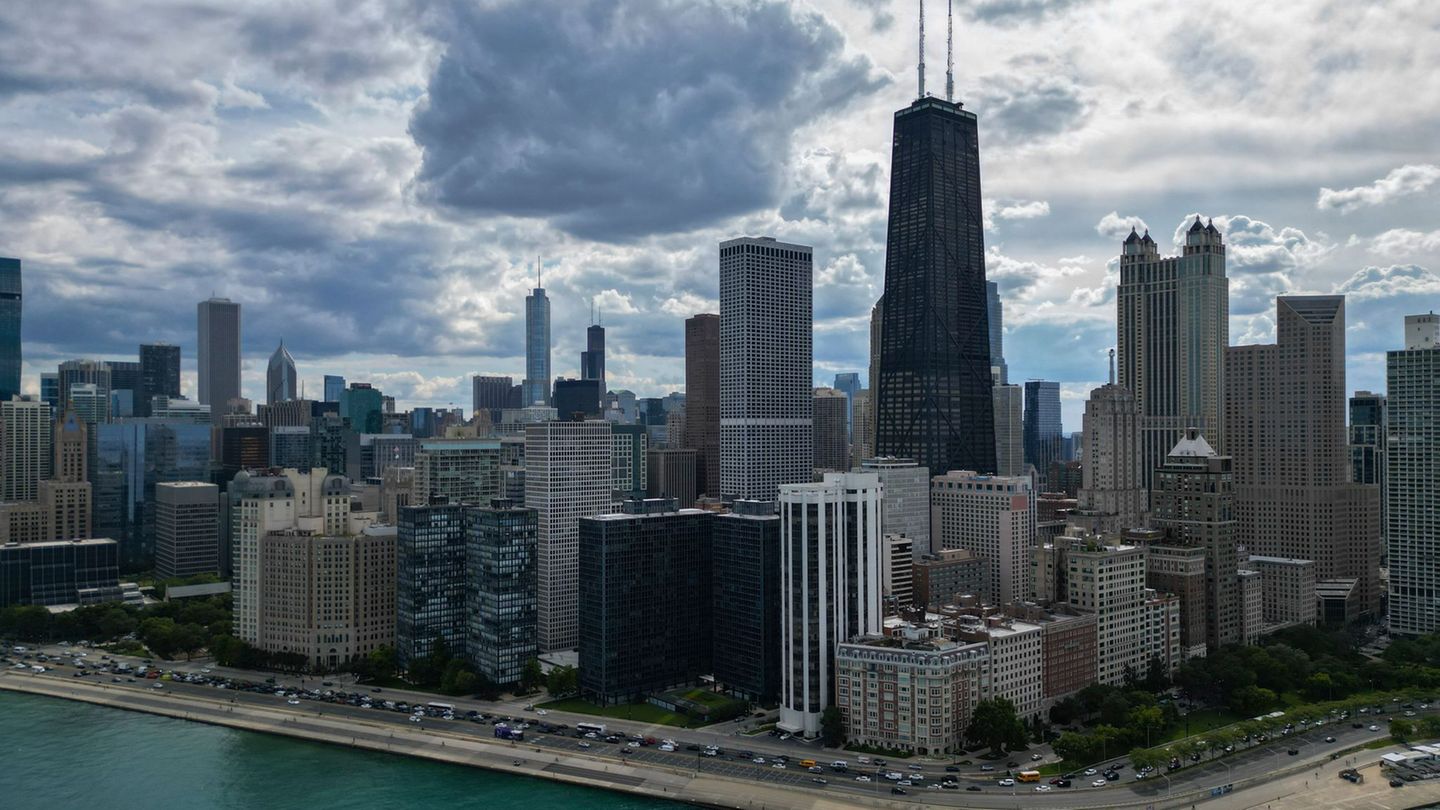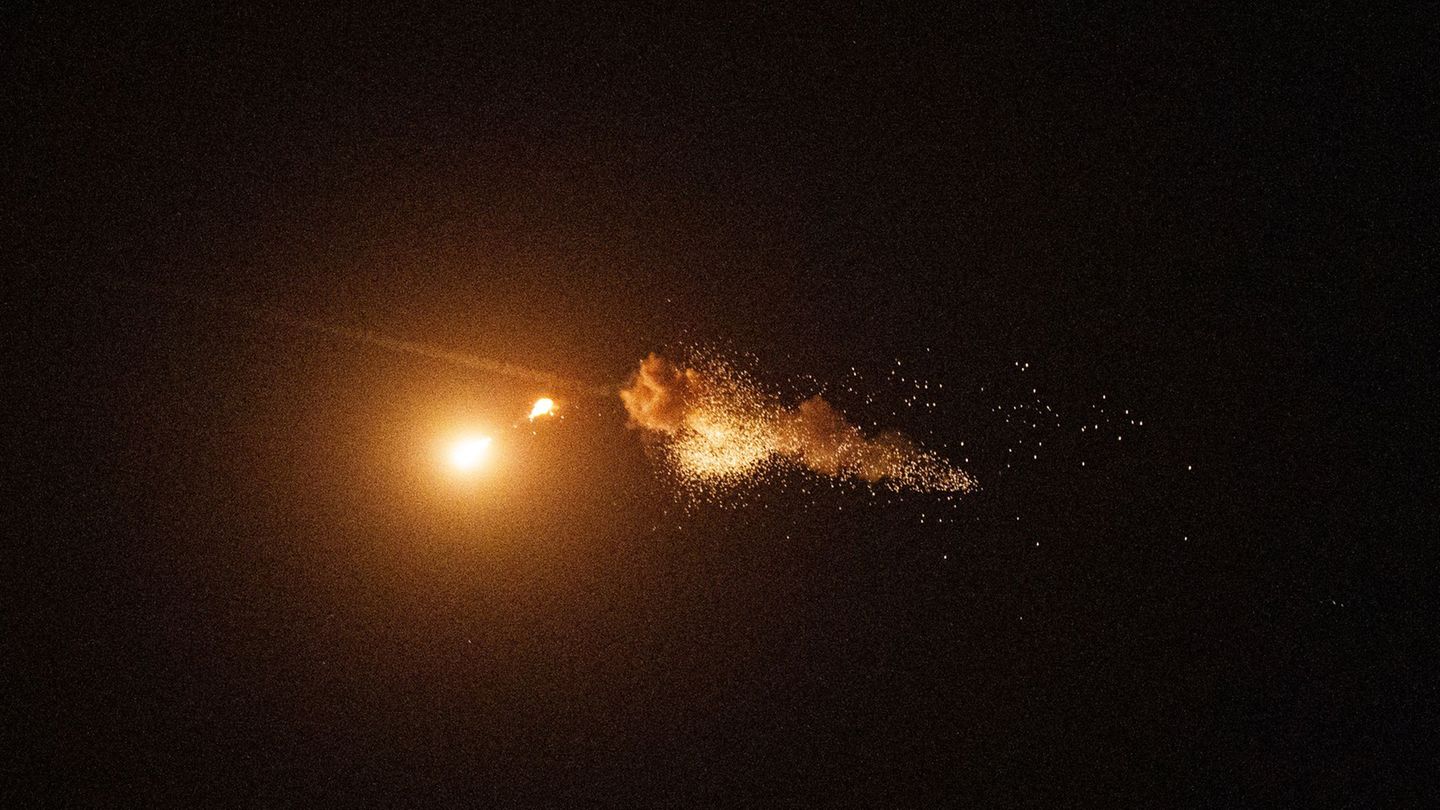The slowdown that was evidenced by the inflation of June -the Consumer Price Index (CPI) national registered a variation of 6% – it showed different intensities in the provinces, with Río Negro, Neuquén, Tucumán, Mendoza and CABA also in the key of the brake being stepped on but with an above-average price rise.
According to data from the National Institute of Statistics and Censuses (INDEC), inflation last month was below the 7.8% reported in May, mainly due to a sharp decline in food prices (4.1%). It was the second straight month of slowdown.
But this dynamic was not homogeneous throughout the country, according to a report prepared by the consultancy Politikon Chaco based on the ten districts with their own survey of the local CPI.
Along these lines, in five subnational districts the increase in prices exceeded the average: Río Negro (was 7.6%), CABA (7.1%), Neuquén (6.9%), Tucumán (6.5% ) and Mendoza (6.3%).
At the other end of the ranking and below the INDEC percentage, meanwhile, were Jujuy (with 5.9%), Santa Fe (5.7%) Chaco (5.5%), Córdoba (5.4% ) and San Luis (4.7%).
In San Luis the slightest increase was registered and the province thus occupies that position for the second consecutive month. It was the only one to perforate the floor of the 5%.
The degree of slowdown in relation to May was also different: in Córdoba it was -2.6 points, followed by Chaco (-2.3 points), Jujuy (-2.2 points), Santa Fe (-1.6 points), San Luis (-1.5 points), Tucumán (-1.1 points), Río Negro (-0.5 points), CABA (-0.4 points), Neuquén (-0.2 points) and Mendoza (-0.1 points).
The Politikon Chaco report clarifies that in Argentina there are 11 subnational jurisdictions “that have their own territorial CPI production” and that were analyzed in that work (with the exception of San Juan, which is updating its index).
The accumulated increase to June 2023 of the national CPI was 50.7%, which represented an increase compared to what was indicated in the same period of 2022, when it was 36.2%.
Freak
“This acceleration phenomenon was also observed in all the districts with their own measurement of the local CPI, showing increases above 40% in all cases, even exceeding 50% in 5 districts,” said the consultant led by Alejandro Pegoraro. .
Within this framework, Jujuy had the highest accumulated variation (53.4%), followed by Neuquén (53.3%), Río Negro (52.8%), CABA (51.2%) and Tucumán (50.6% ). At the other extreme was San Luis (46.4%).
Meanwhile, in the year-on-year comparison, all the surveyed districts maintain triple-digit increases.
At the country level, the interannual variation in June was 115.6% and, within this framework, there are three districts with increases above that level: Río Negro leads with 128.9% followed by Neuquén (123.6%) and CABA (118.6%).
At the opposite extreme, meanwhile, San Luis registers the slightest increase with 107.2% and, along with Córdoba, they are the only two provinces that have not yet reached a 110% year-on-year increase.
Source: Ambito




